Join Lora Conrad for a walk through the Croton Unit of Shimek State Forest to photograph and identify plants growing in this “premier woodland wildflower location.”
“Shimek State Forest is located in Lee and Van Buren counties in southeast Iowa. The forest served as a base for the Civilian Conservation Corps (CCC) in the 1930s and 1940s, where they planted thousands of acres of hardwoods and conifers for demonstration purposes. Named after early Iowa conservationist Dr. Bohumil Shimek, the forest offers bountiful outdoor recreation opportunities… ”
So goes the Iowa Department of Natural Resources’ understated introduction to Shimek State Forest which is 9,448 acres spread across five forest units.
Never heard of the Croton Unit?
The Croton Unit is 2,087 acres and located 3 miles southeast of Croton. This unit is best known as one of Iowa’s premier birding locations. However, it is also a premier woodland wildflower location for those of us in southeastern Iowa. There are no people amenities, but there is an entrance and a short trail up a hill at 150th Ave. (See marker 2 on the map below.) There are other short trails and roadside pullovers as well.
Upon entering the unit, you are on your own to enjoy what nature has wrought despite humankind.
This map was taken from an Iowa Ornithologists Union article. It provides a valuable discussion on accessing the Croton Unit as well as a description of the many and varied birding opportunities. In fact, I was accompanying a group of Iowa birders when I first realized just how many spring wildflowers were to be found in this and other sections of the Croton Unit.
Join Me for a Hike
On May 10, 2022, I hiked into the unit just after crossing the small bridge on 150th Ave when turning off Belfast Road. This is full-on tick and morel season, which always peak together here it seems.
Since there is only one small rough trail up the hill, one must be prepared for rough hiking. But all the many flowers and plants presented in this blog (and more) were seen in an area of no more than one acre of highly sloped, forested ground. You must watch each footfall not to step on another interesting and/or beautiful flower or plant and sometimes hang onto a tree to stay vertical.
Let’s See What We Can See
Leaving the vehicle parked at the edge of the quiet gravel road, walking past the entrance sign, the hike begins. Non-native Common Dandelions (Taraxacum officinale) and native Wild Blue Phlox (Phlox divaricata) brighten the green of the recently leaved trees and fast-growing grass.
For more info on the Wild Blue Phlox, see this Bleeding Heartland post from 2018.
The next plant to catch the eye is a Tall Scouring Rush (Equisetum hyemale) leaned beside the trail. The sheath with the black band around the base identifies it.
Then the vistas of wildflowers blooming, growing, making seed intermixed on the hillside begin. Glimpses of native flowers Wild Blue Phlox, Trillium recurvatum (also known as prairie trillium), Wild Geranium, and several other plants catch your eye all at once.
Spring Beauties (Claytonia virginica) still are sprinkled underfoot along with Southern Fragile Fern (Cystopteris protrusa). For more info on Spring Beauty, see this post from 2020.
Looking more closely, here is a bud half-unfurled, a closed bud, and open flower behind it on a Wild Geranium (Geranium maculatum).
This photo features leaves, buds and an open Wild Geranium flower. These plants were sprinkled about all over the hillside. For more info, see this post from 2018.
Next to catch the eye are the large colonies of Wild Ginger (Asarum canadense) in full bloom. A flower detail photo follows. I featured this plant last year.
Several individual clusters of Sedge (a member of the Carfex genus) catch the eye with their bright straw colored flower heads. Leland Searles has written about some of the sedges.
So many different wildflowers that it is hard to get even a macro photo of one flower without getting another. Case in point, in making this closeup of the Hispid Buttercup (Ranunculus hispidus) flower, by accident, a Cleavers or Bedstraw (Galium aparine) in blossom is there as well.
This photo shows the leaves and plant structure of the buttercup. For more info on the Swamp or Hispid Buttercup, see this post from 2020.
Oh, the Mayapples (Podophyllum peltatum)—great, glorious mini-forests of them in spot after spot across the hillside. They often shelter several other species of wildflowers beneath the leaves that give rise to the common name umbrella plant. For flower photos and more info, see this post from 2019.
The Mayapples were just beginning to bloom as this blossom shows.
Every direction in which one looks, there are Trillium recurvatum in full bloom. Most interesting about this was the extreme variation in height of the stems. Some were about 2 or 3 inches tall, but many more were almost knee high—easily 15 inches or more.
One taller than the Mayapple plants is shown below. These are identifiable by their closed petals at the top and the curved down then up at the tip sepals below. For more info on Trillium recurvatum, see my article from 2019.
Walking along the peak of the hill, the Black Oak trees (Quercus velutina) protect the Wild Blue Phlox.
The native Bloodroot (Sanguinaria canadensis) leaves are large and luxurious. However, their bloom period is over for this year. For photos of their blossoms and more info, see this piece from 2016.
Next, we see that the Appendaged Waterleaf (Hydrophyllum appendiculatum ) is just about to bloom. There were many large healthy plants all around. There were also leaves of Virginia Waterleaf to be seen. For more info on the Virginia waterleaf, see this post from 2015.
Going down the steep hill back towards the road, a few Jack-in-the-Pulpit (Arisaema triphyllum) plants are struggling to bloom, For more info on them, see this article from 2019.
Everywhere, the Southern Fragile Fern (Cystopteris protrusa) underlays many of the wildflowers, accentuating their color and shape. Here it is shown with one of the many Common Blue Violets (Viola sororia) that also are sprinkled around. For more info on the Blue Violets see this post from 2014.
Here the Fern provides a backdrop to Trillium recurvatum, Bellwort, Wild Ginger, False Hellebore, and more.
The hillside is covered with native False Hellebore or Wood’s Bunchflower (Melanthium woodii ) plants. I hope some will bloom by mid-summer, if the blossom stem is not bitten by deer. (The plant is poisonous to herbivores.) These plants are not common in Iowa, but found mostly along the southern border with Missouri (listed in BONAP under the name Veratrum woodii).
The native Large Flowered Bellwort (Uvularia grandiflora) is almost finished blooming, and some plants have already made seed pods. For more info see this post from 2018.
And as the hike comes to an end near the road, there are clusters of Jacob’s Ladder (Polymonium Caeruluem). They are full of buds, and some flowers have opened to show their gorgeous blue shades.
A wonderful place to spend an hour or more looking at flowers and plants and gathering enough photos to keep one busy at home for days on end trying to identify them all. And in that hour, only one vehicle passed by on the road below and no one else was hiking.
Hope you, too, can come enjoy the beauty of the Shimek State Forest’s Croton Unit one year when it is in bloom. Mid-April to mid-May is a fine time to see what you can see.
P.S. Did not see a single morel mushroom, but I was distracted by the flowers and plants. Yep—that is my excuse and I’m sticking to it.

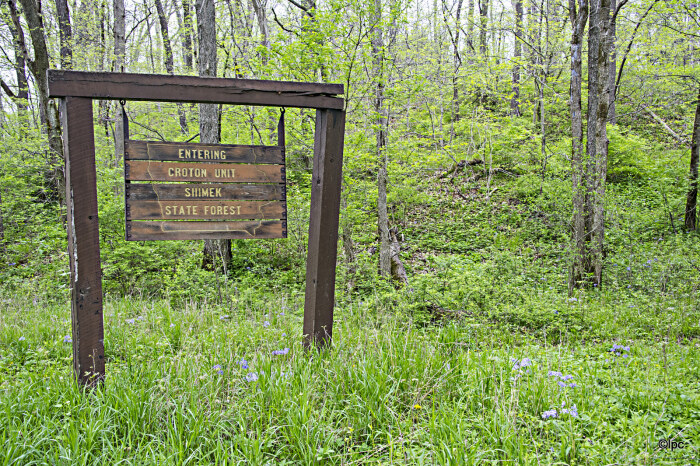
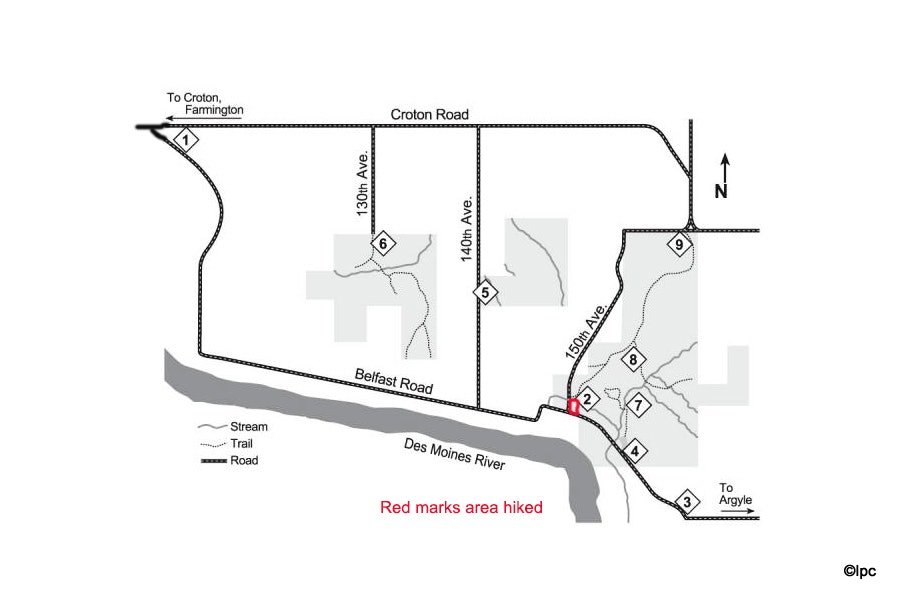
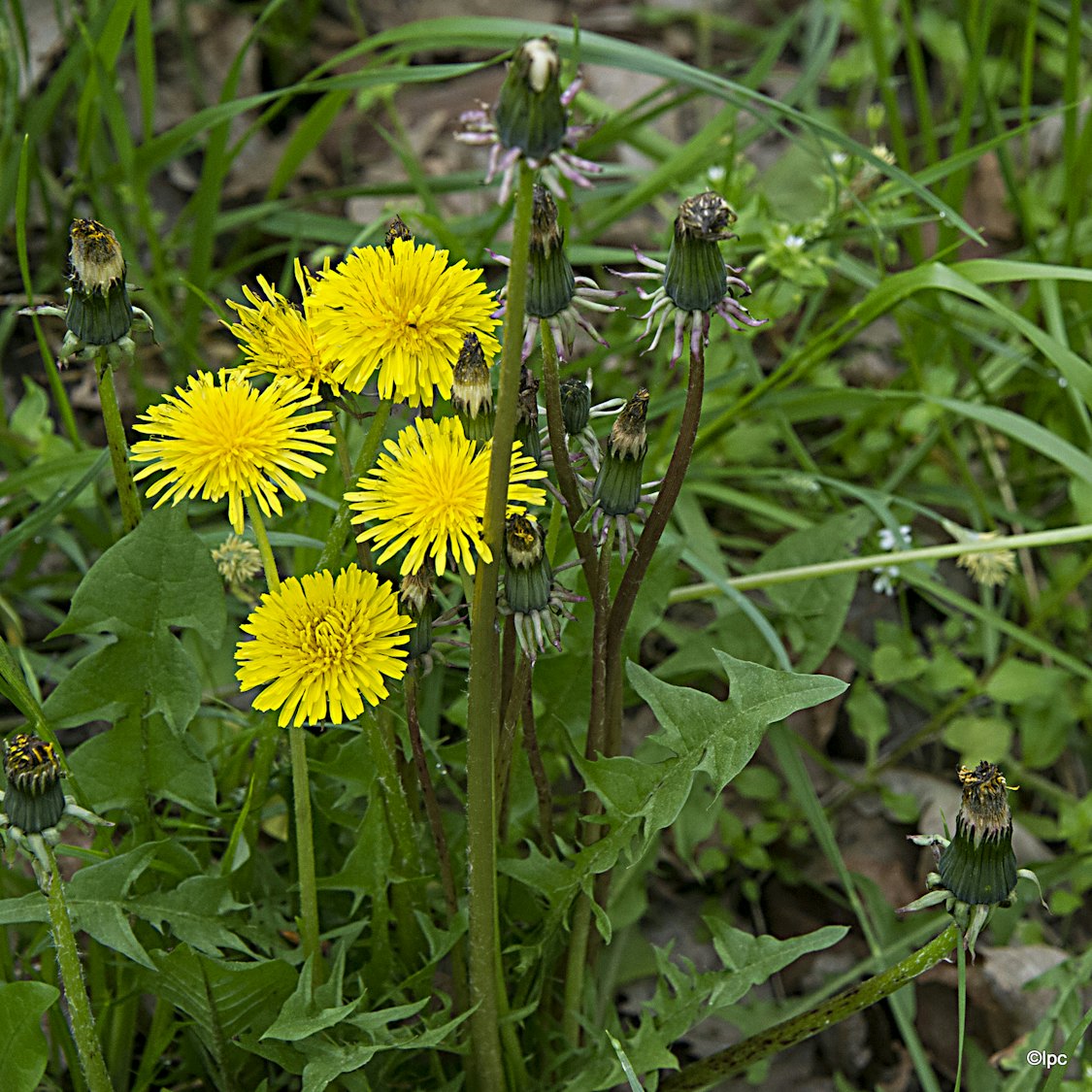
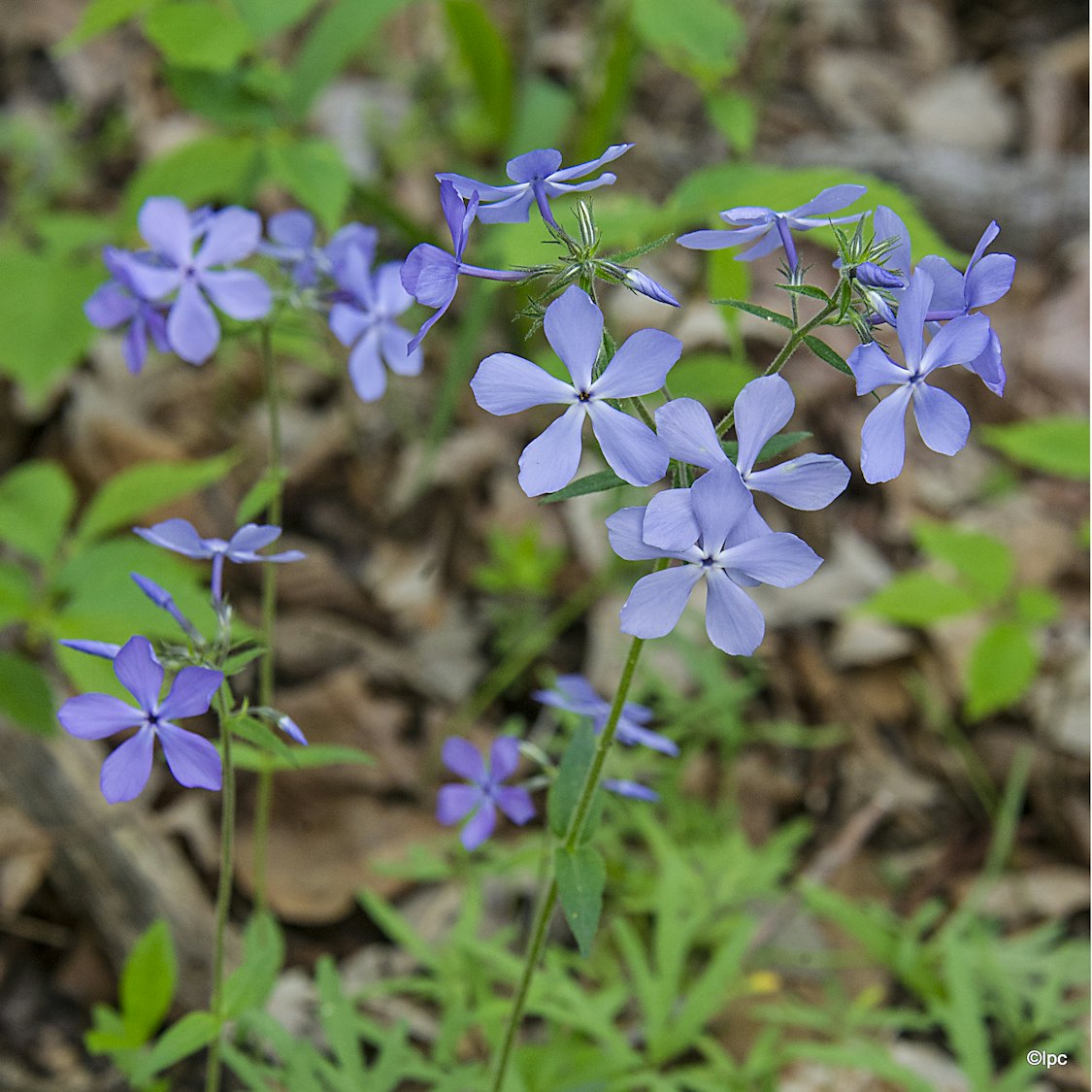

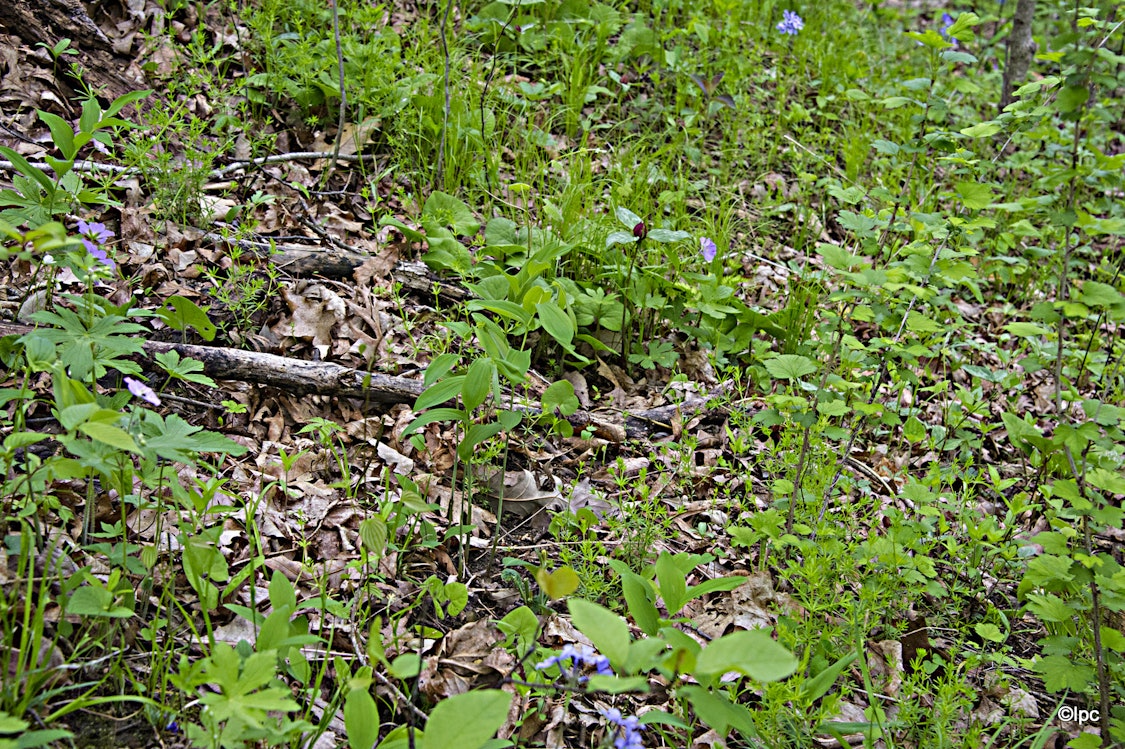

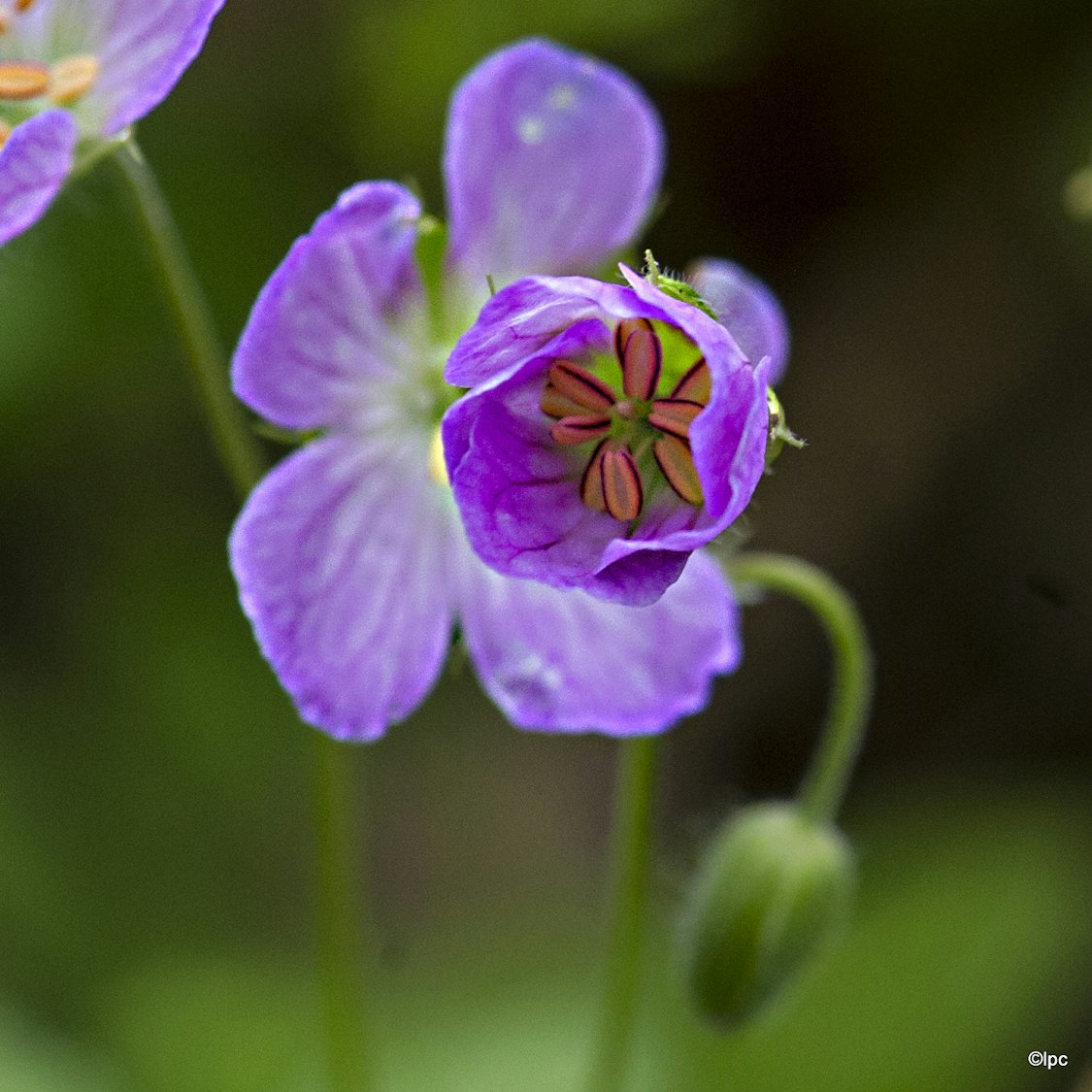
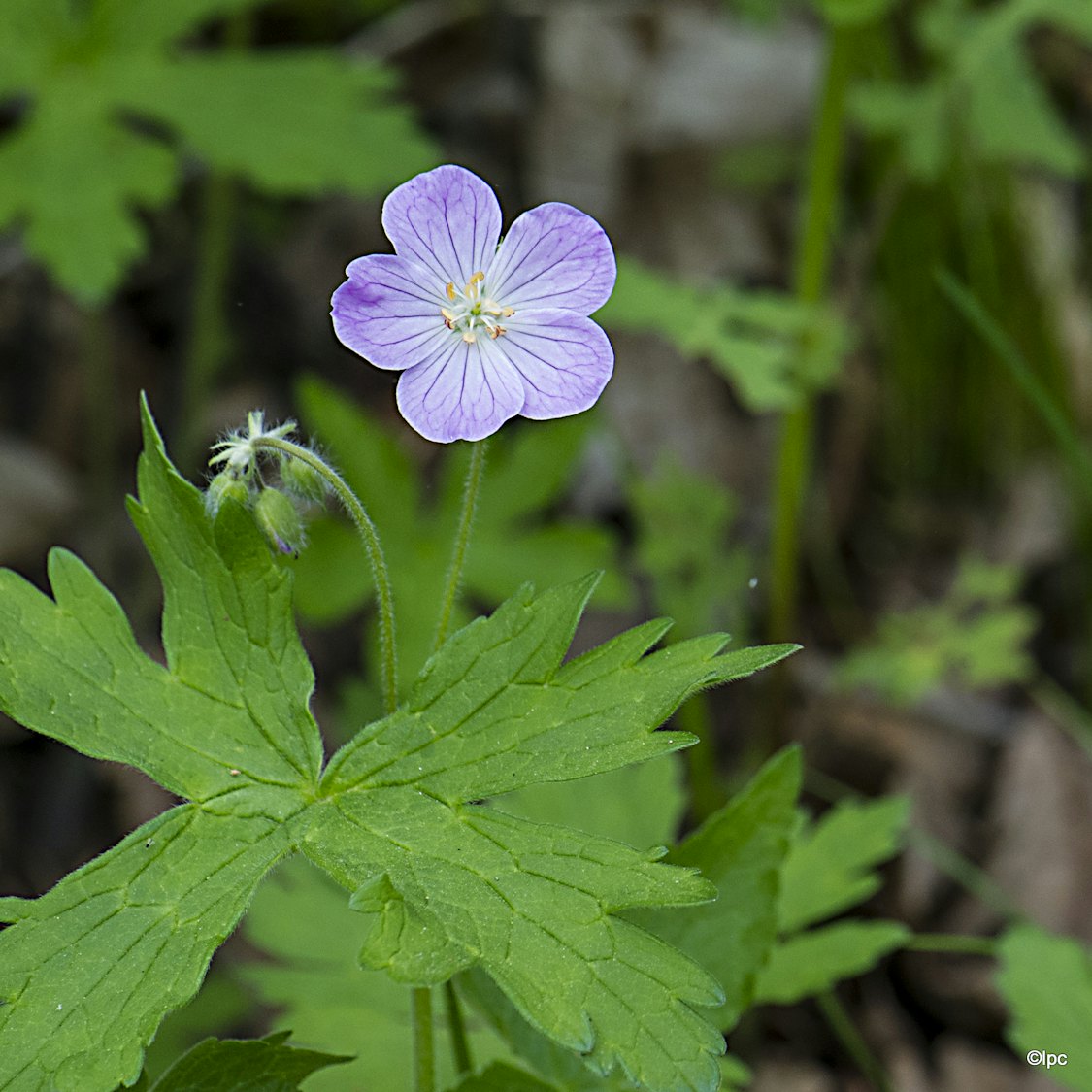

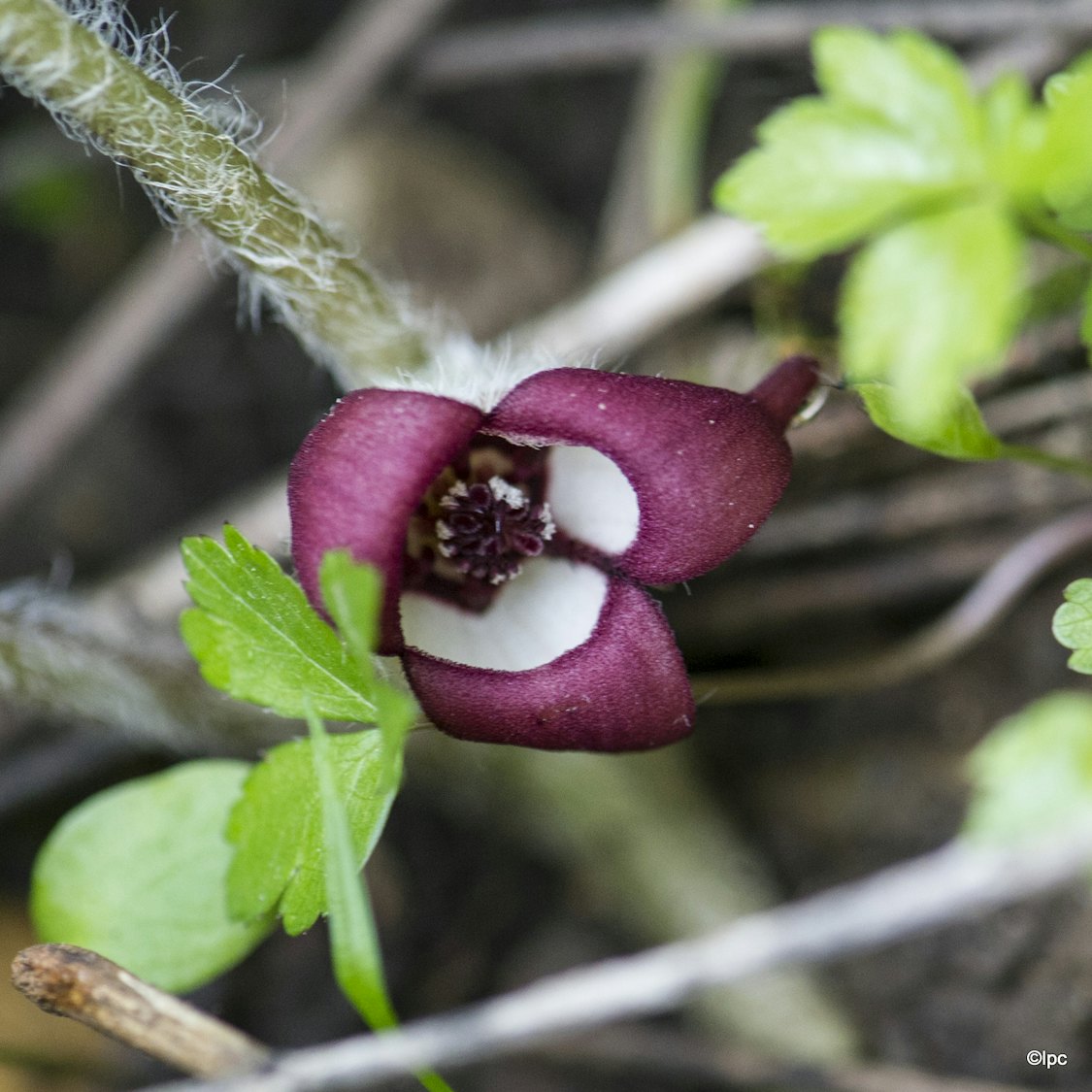
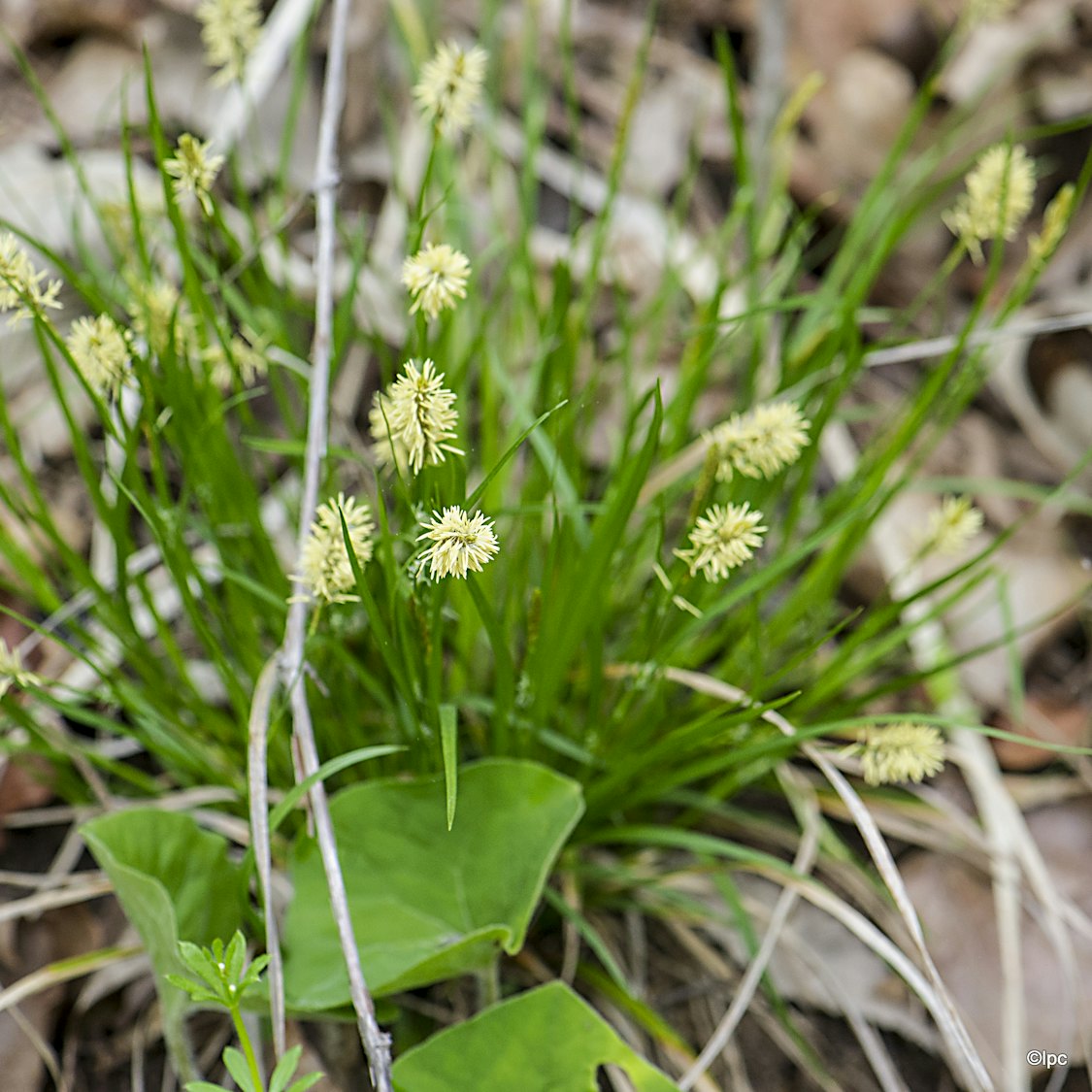
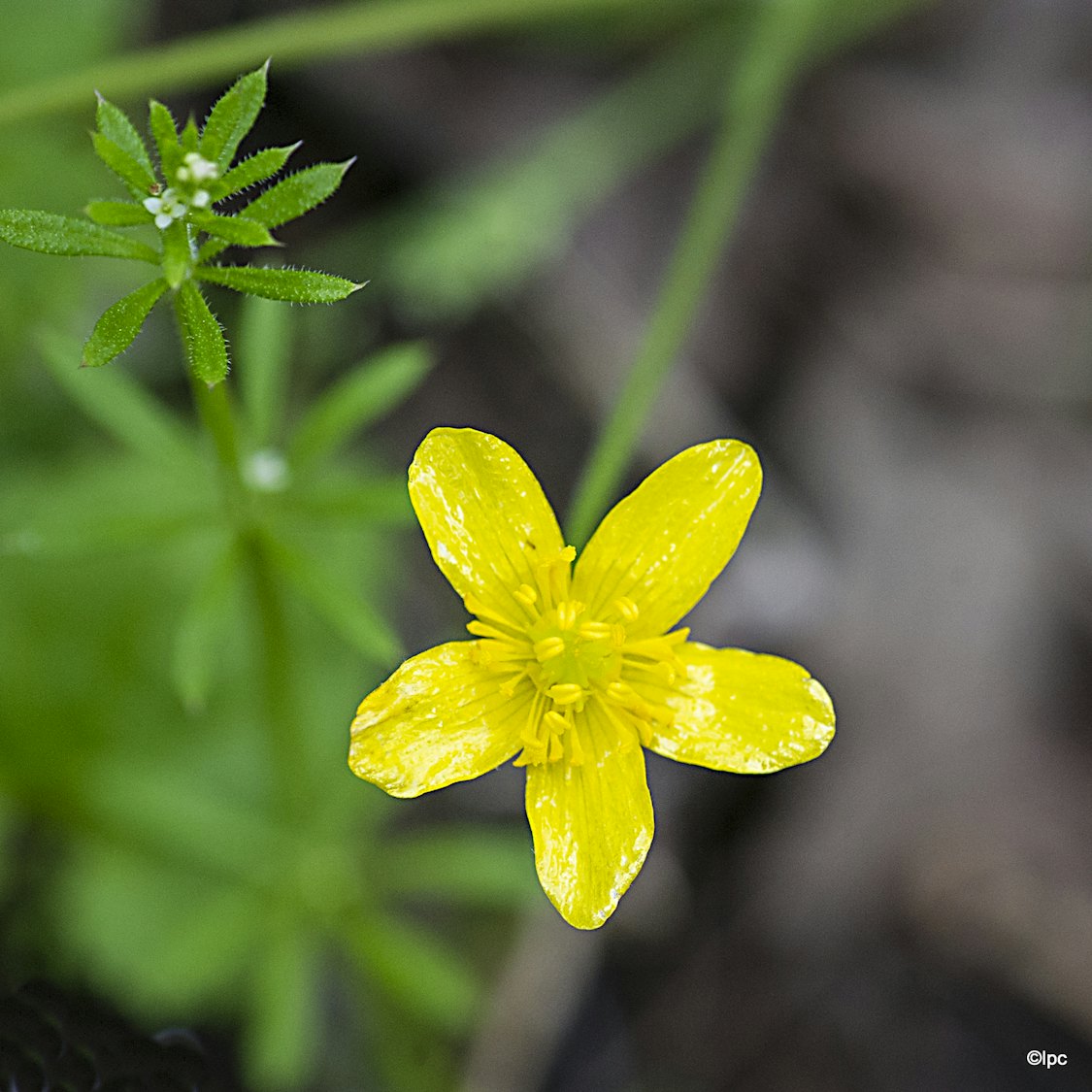


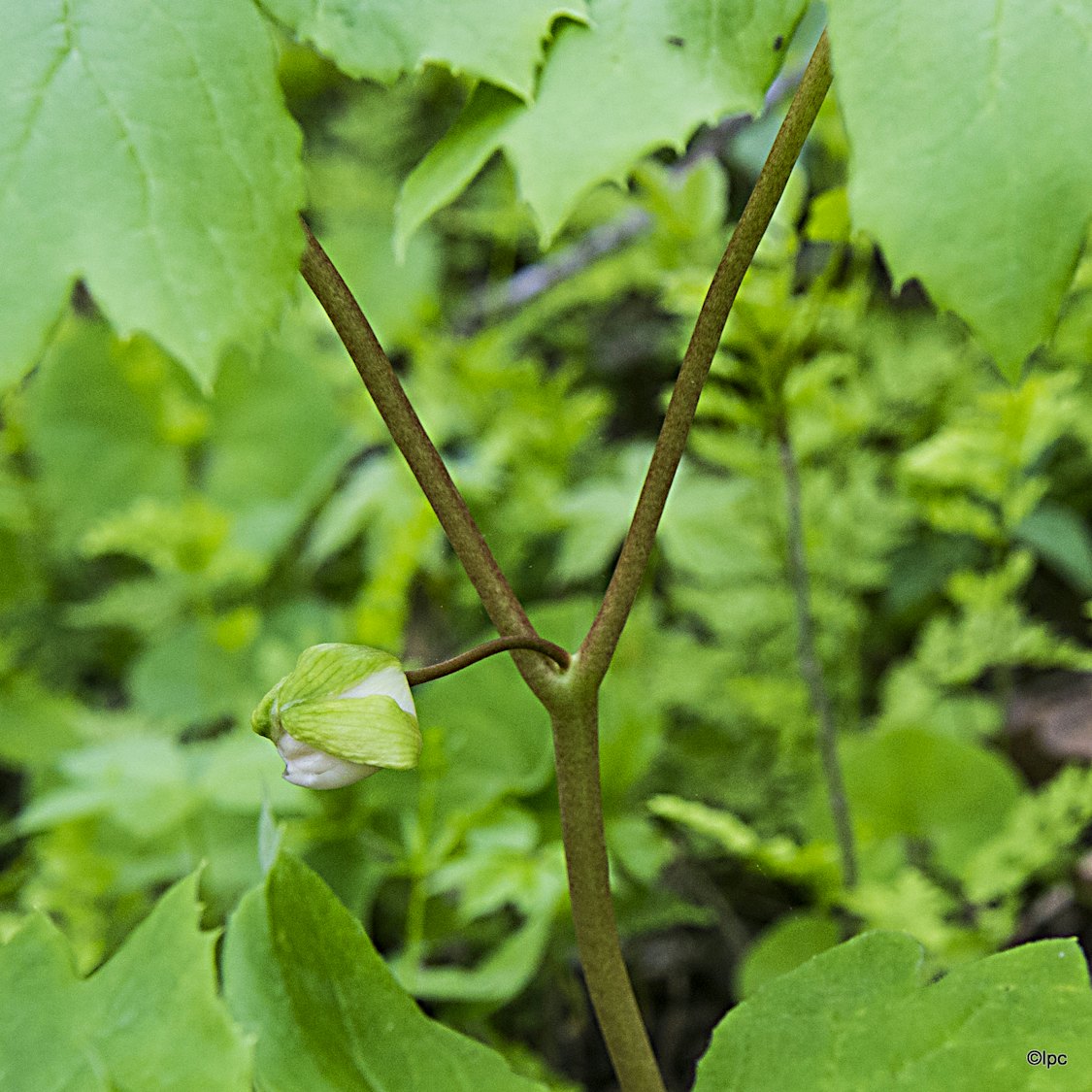

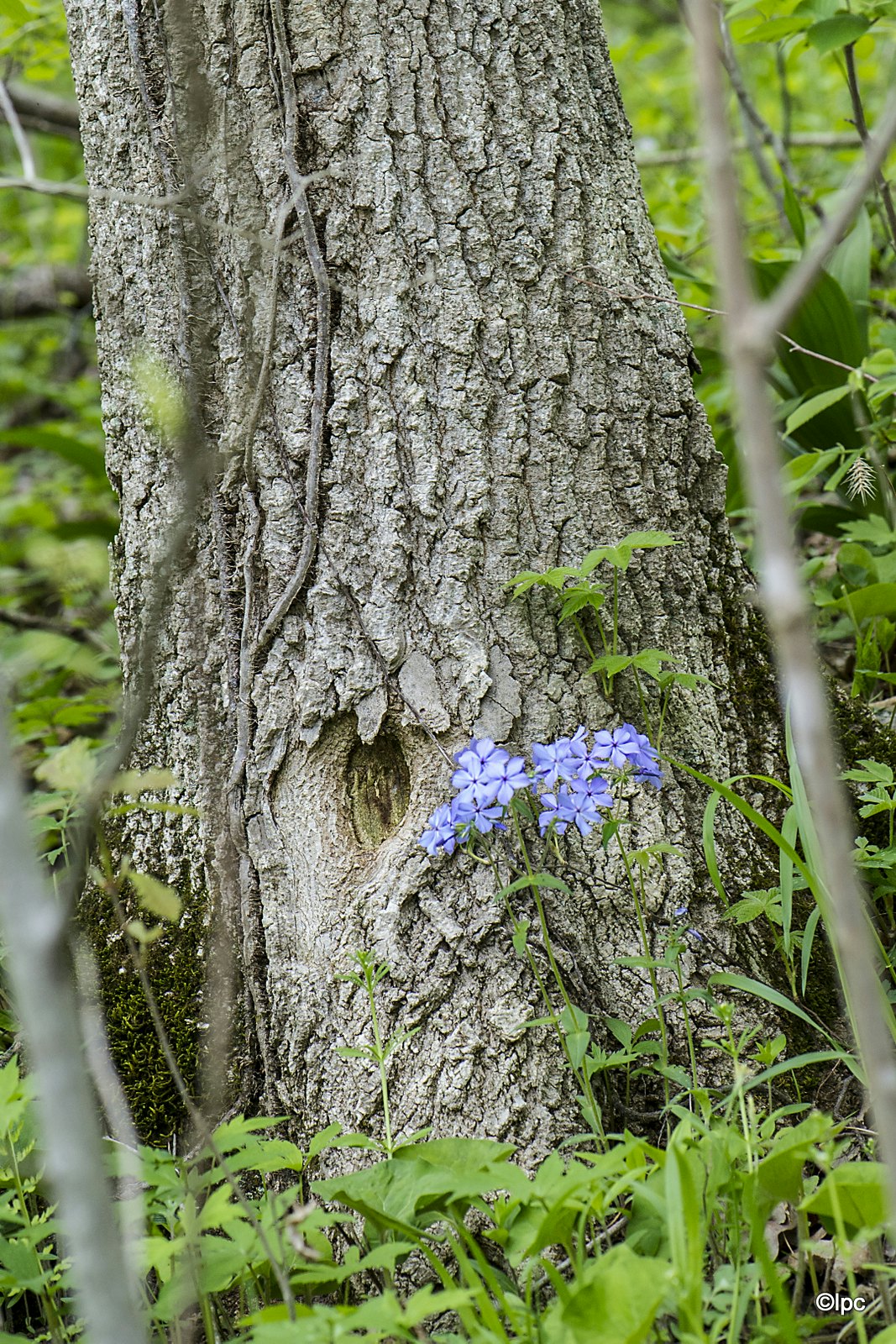
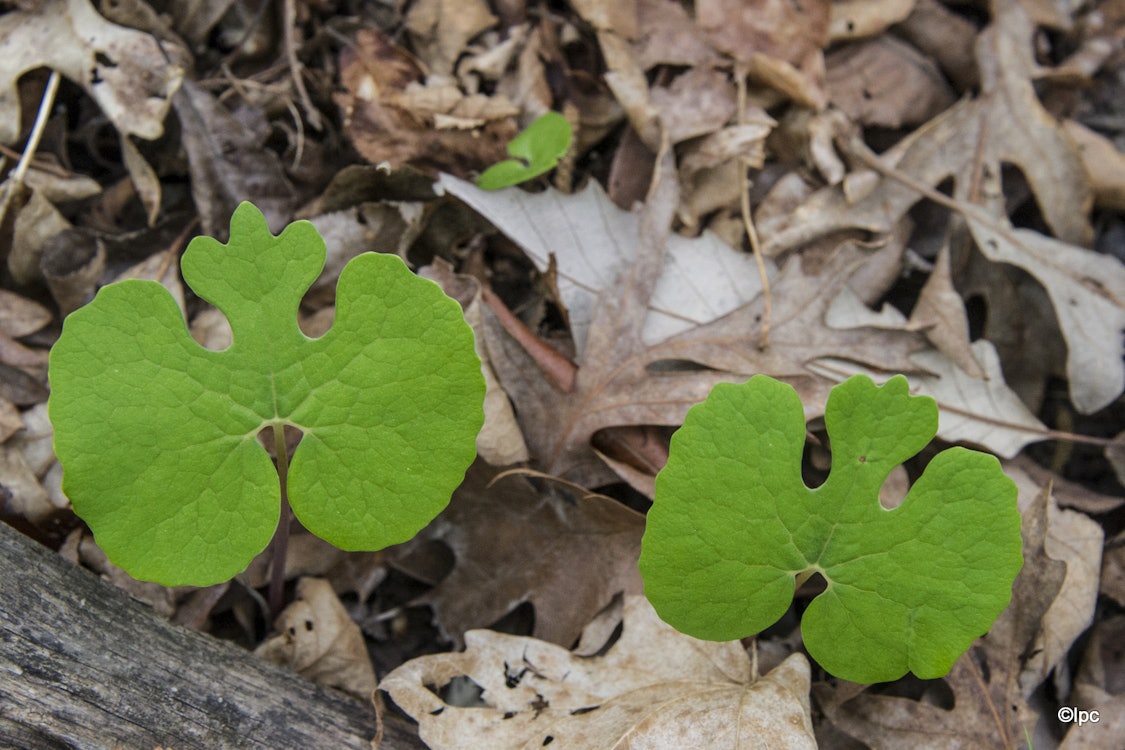

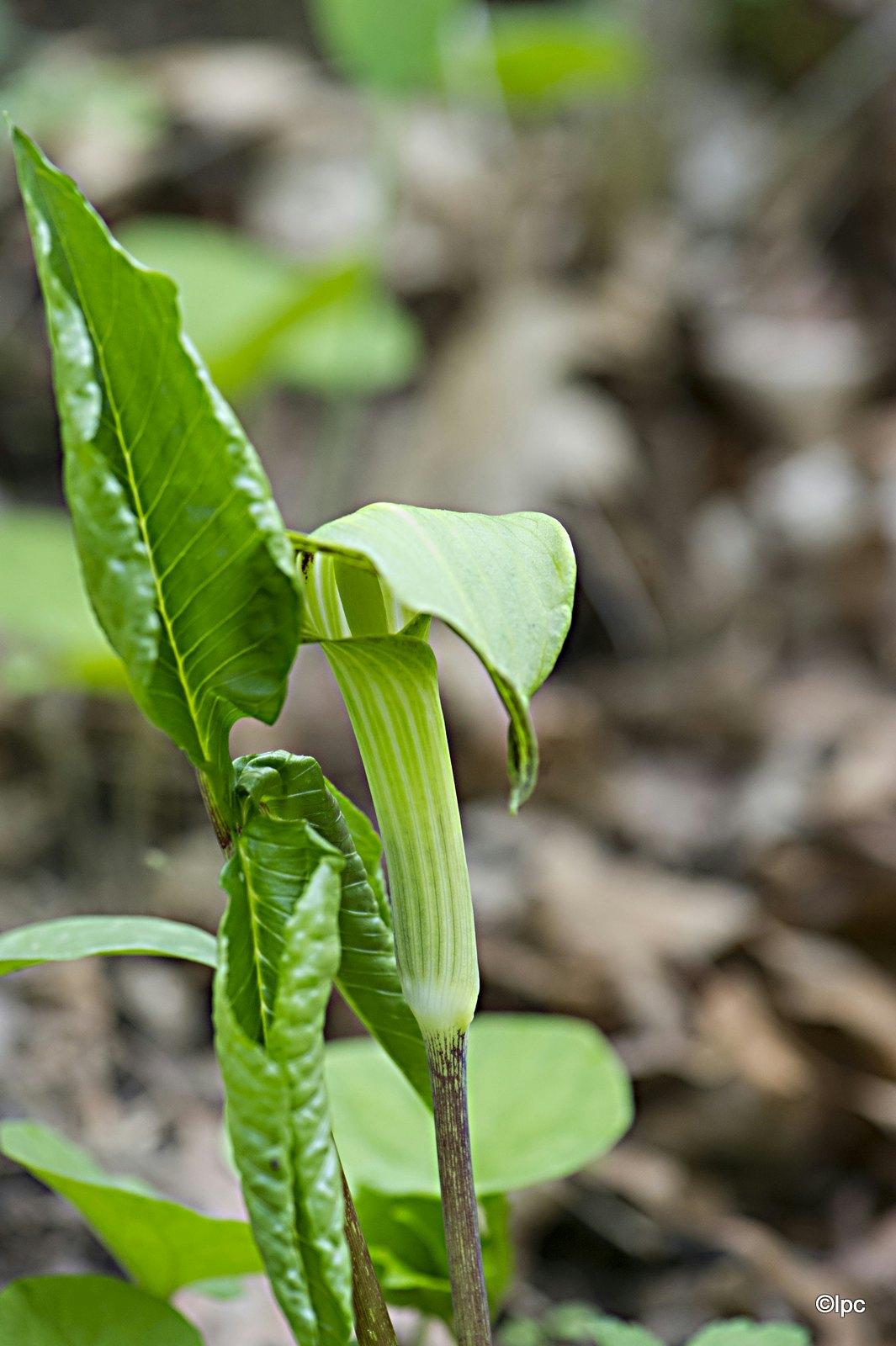
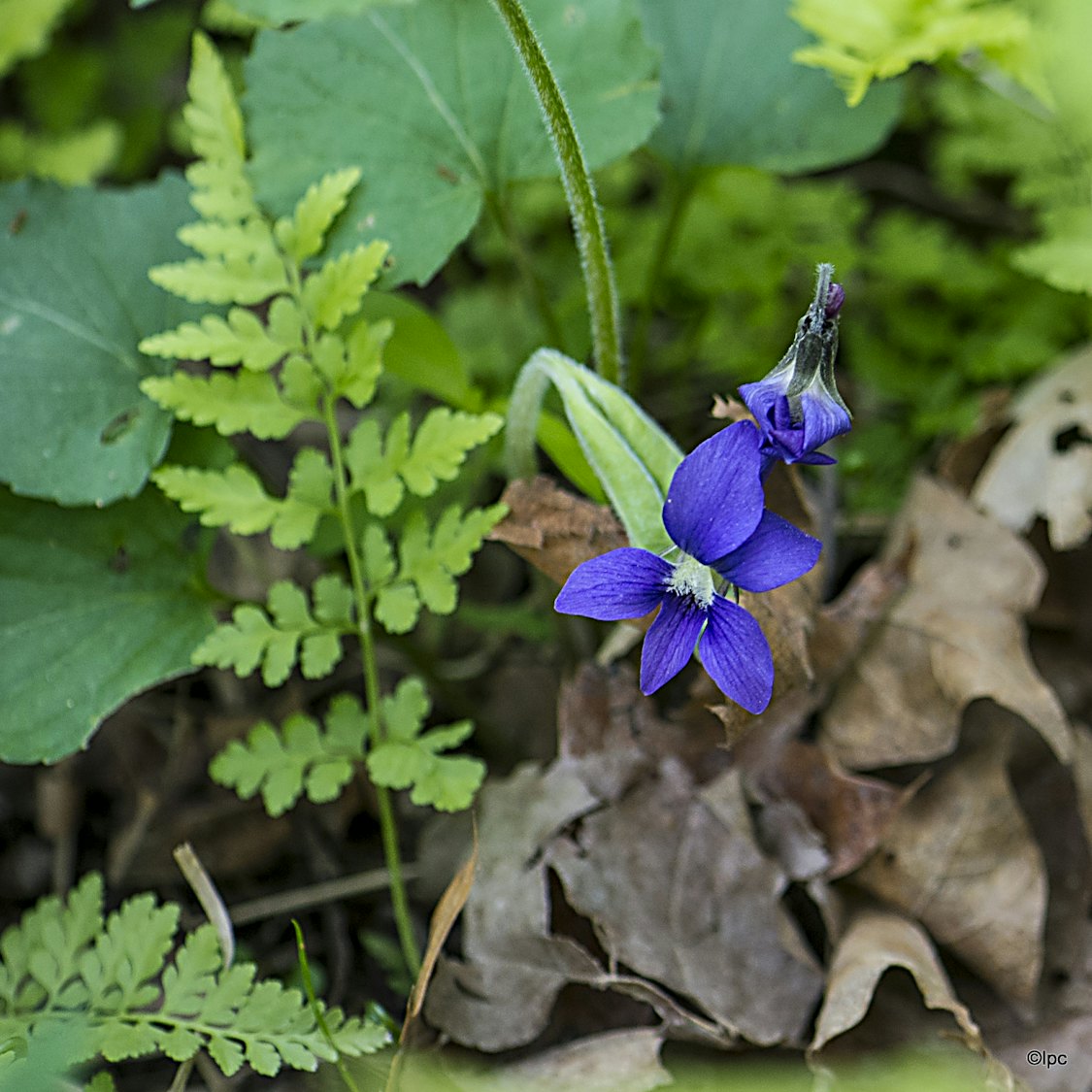
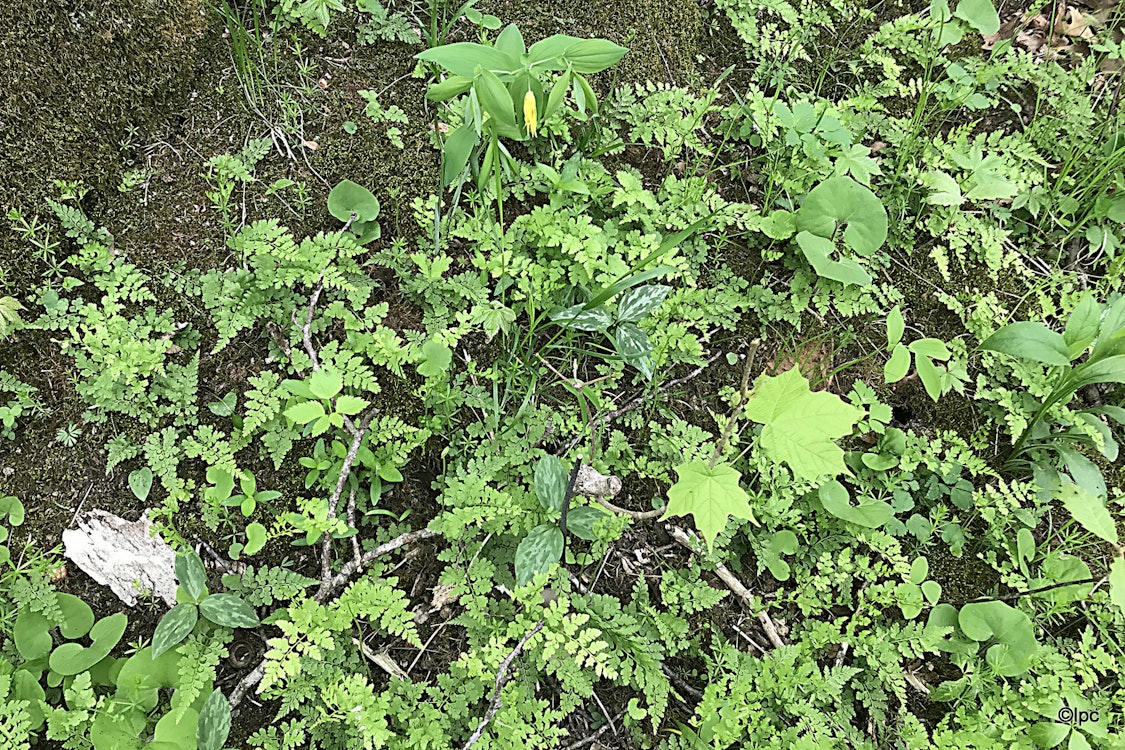

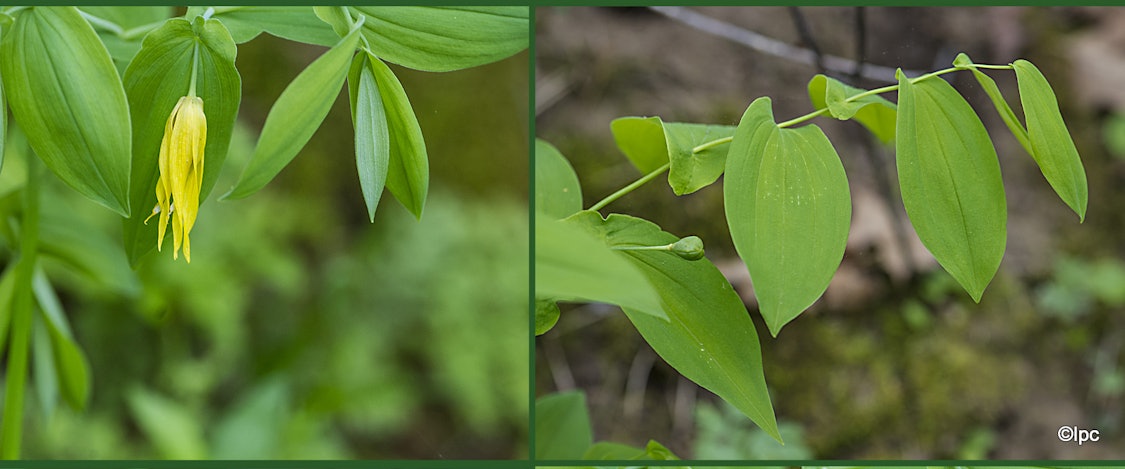
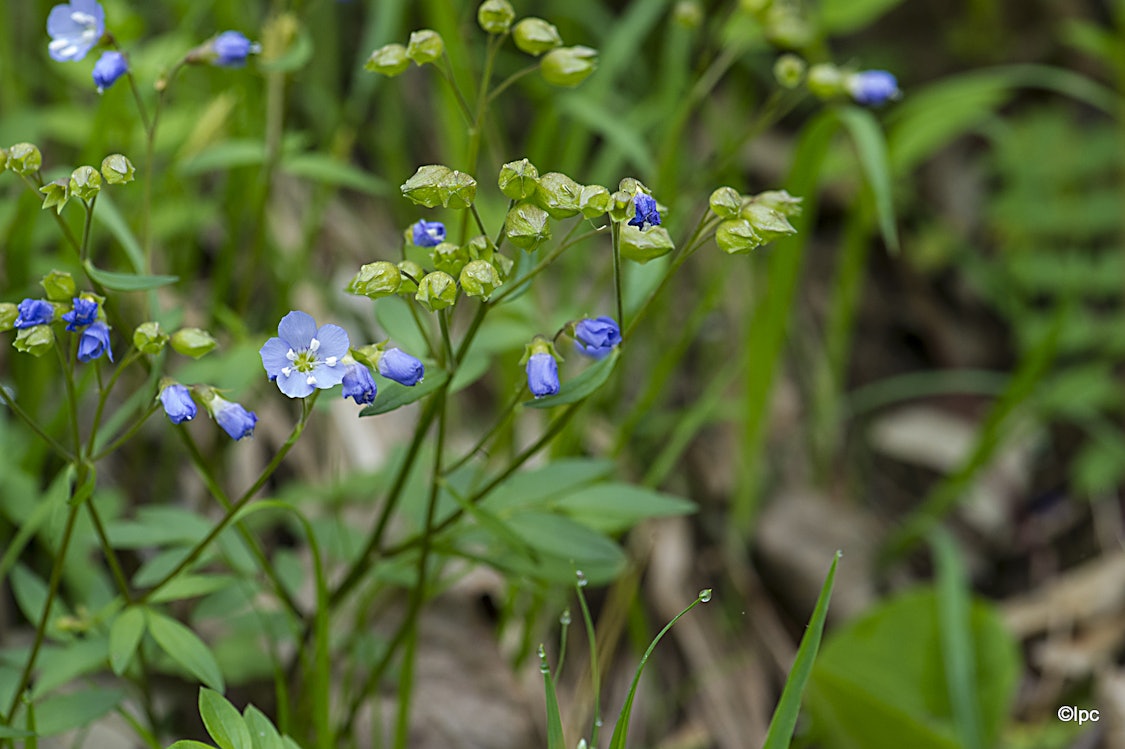
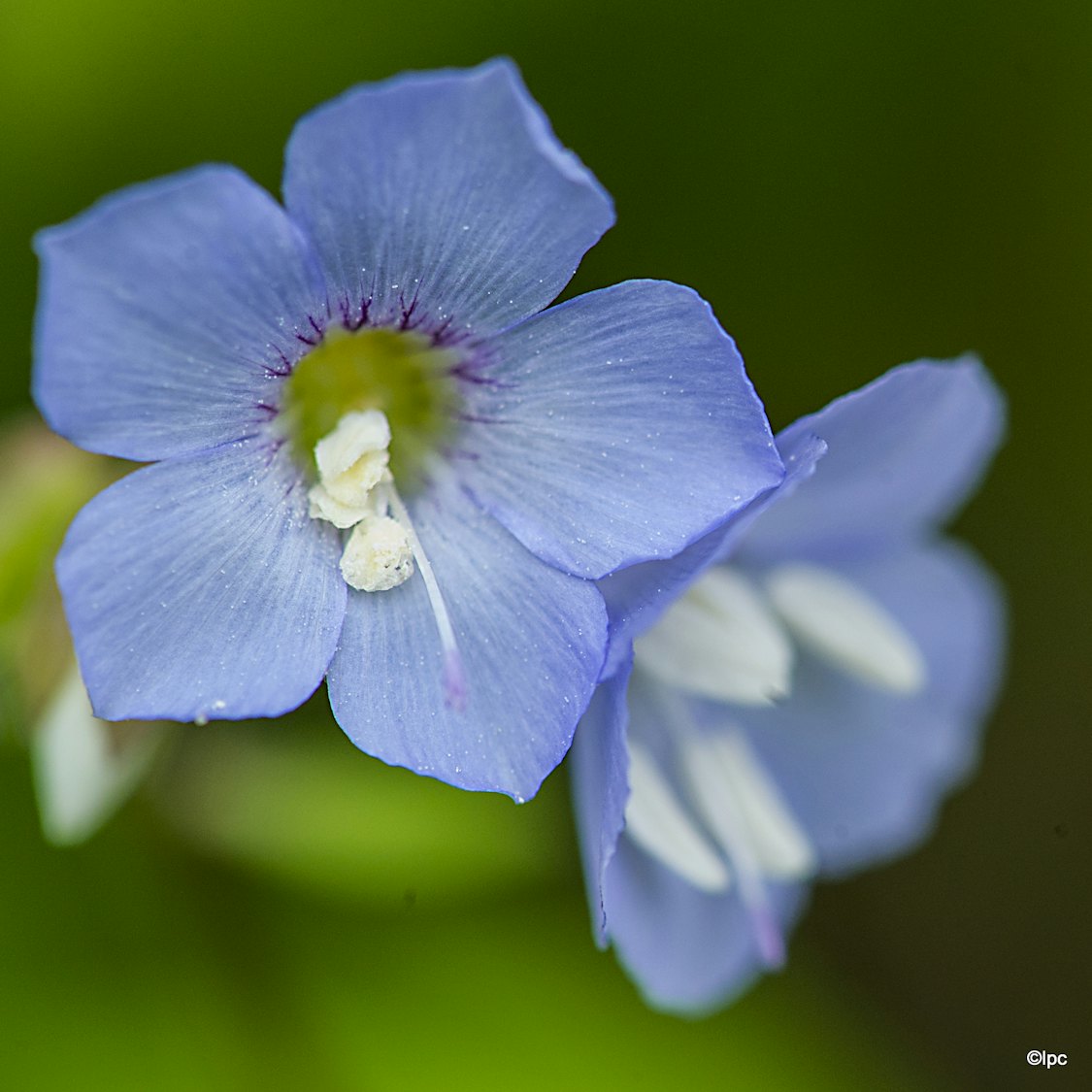
1 Comment
Thank you for this interesting post...
…with really nice flower photos.
I was curious enough to look up Shimek State Forest history, and apparently parts of Shimek were developed on “exhausted, abandoned farmland.” The history of Shimek State Forest is a good reminder that Iowa is not a place where all EuroAmerican settlers started out farming in harmony with the landscape and then later, along came industrial ag.
There is a long history of serious land damage in Iowa, and that history exists alongside a long history of efforts to repair damage, farm better, and restore the landscape. Both long histories need to be acknowledged.
PrairieFan Wed 18 May 10:14 PM